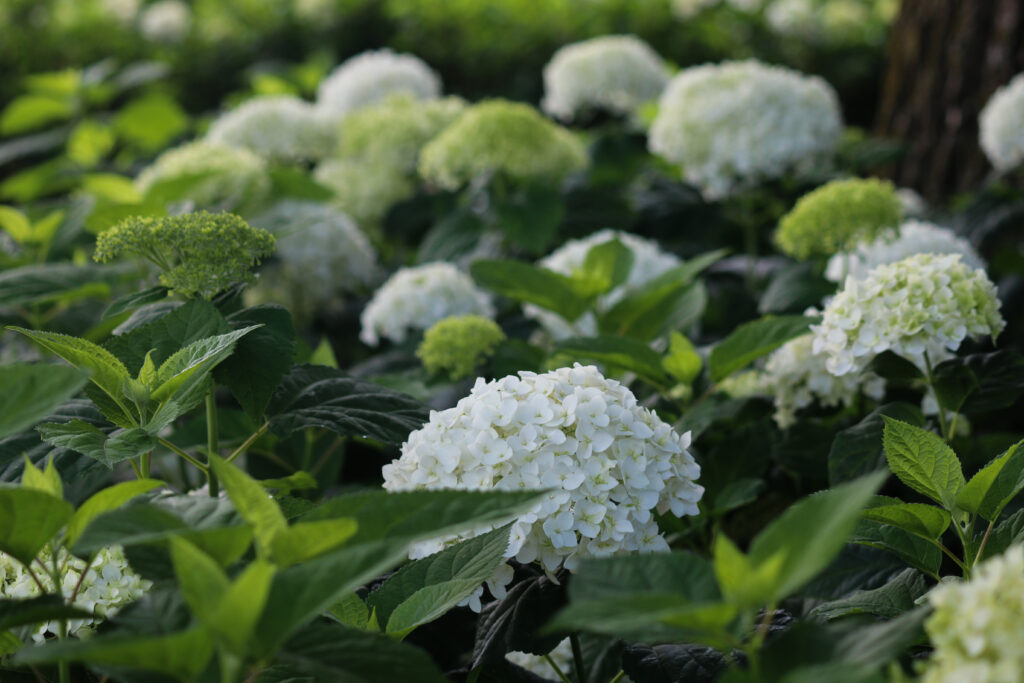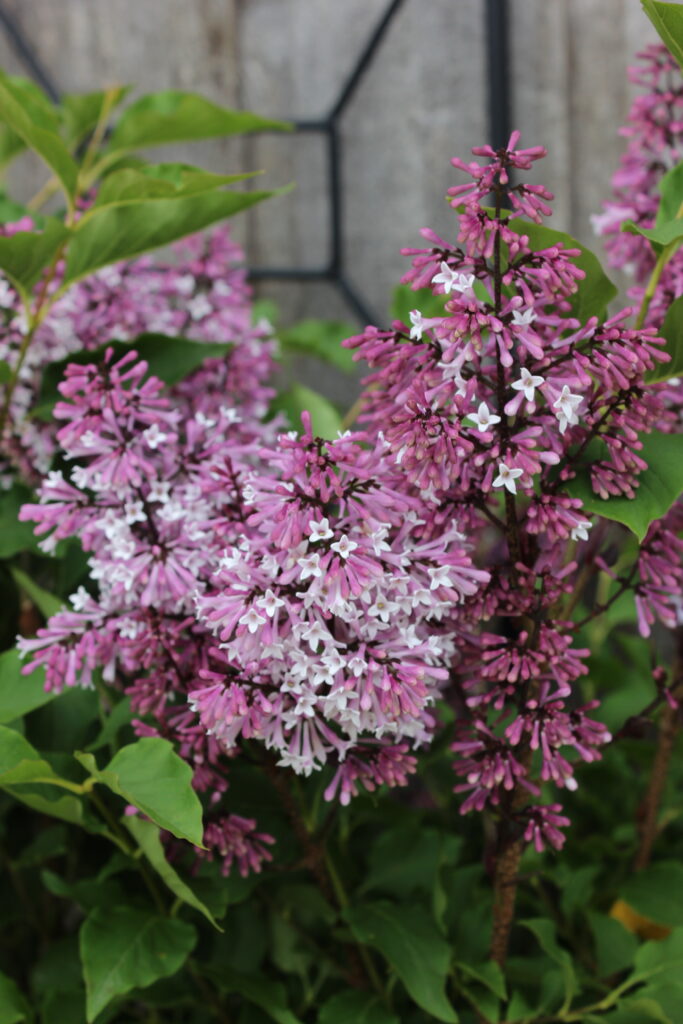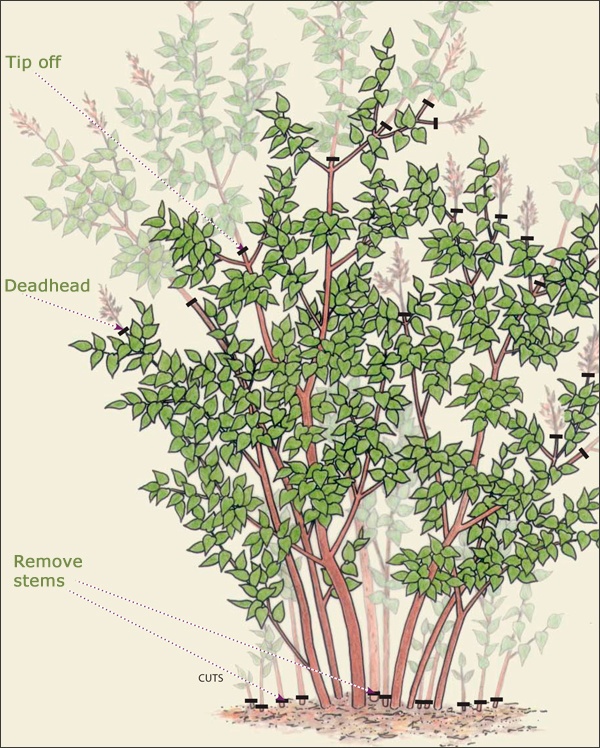Pruning is an essential part of maintaining your shrub’s shape, vigor, and overall health. Mastering how and when to prune different shrub varieties will lead to beautiful, lush shrubs that you can enjoy all season long. Below is our general guide on when to prune, different methods of pruning, and tips for successful pruning.
When to Prune
For shrubs that bloom on new growth, it is best to prune them in either the late winter or early spring. When pruning these shrubs, the ideal time to prune is after the hard frosts have passed but before plants break dormancy.
- Prune in early spring: most hydrangea, potentilla, sumac, spirea, shrub roses (mid-May), grapes, arborvitae (April and May), and yew (April and May).

For shrubs that bloom in the spring on old wood or last season’s growth, it is best to prune them right after they have finished blooming. This allows the plant to spend the rest of the year developing new shoots and blooms for the following year.
- Prune after blooming: lilac, forsythia, weigela, mock orange, rhododendron, viburnum, pink flowering almond, and magnolia.

As a general rule, you do not want to do a lot of shrub pruning in the fall. During the fall, shrubs are slowing their growth and hardening off their branches to prepare for the winter. Pruning your shrubs in the fall can stimulate new growth that may not be able to harden off before winter arrives. This can cause dieback of the stem in the winter which can lead to more damage to your plants. There are a few exceptions to this fall pruning rule including pruning out dead, diseased, or damaged branches. These branches can be detrimental to your shrubs over the winter as they can harbor disease.
How to Prune
One method of pruning is simply deadheading. Deadheading is done by cutting off the old flower cluster right at its base just above the new side shoots. Deadheading allows the plant to allocate more energy to developing new roots and shoots. This method is great for your shrubs that you are happy with the size and shape of. When you are deadheading, also take an overall look at your plant and prune out any damaged branches.
The second method of pruning is called tipping off. This method is used to control the size and shape of your shrubs. For this method, the entire top of the stem is cut back to the side shoot at the height/width desired. It is a good idea to start by pruning out any stems that are diseased or damaged and then continue pruning branches until you get your desired size and shape.
The third method of pruning is rejuvenation pruning. This method is best used for old, overgrown shrubs that are no longer as full as they once were. In this method, stems that are old, diseased, or overall less productive are cut down to the ground. This allows new, more productive shoots to grow in place of the old unproductive shoots. A general rule of thumb is to cut back no more than 1/3rd of the shrub at a time. In this method, that would mean you would cut back 1/3rd of the old stems to the ground one year and leave the rest of the stems alone. You would repeat this process for the following two years until all of the old stems have been cut back.

https://images.finegardening.com/app/uploads/2018/01/23174117/041091072-01_xlg.jpg
Pruning Tips
- Use sharp and clean tools. Sharp tools not only make your work easier but plants also heal faster from clean cuts. If you are cutting out diseased stems make sure to disinfect your pruners before you continue pruning to reduce the risk of spreading the disease.
- Prune just above the bud at the desired height. Pruning too far above the bud leaves an unsightly stub that can encourage rot. Cutting too low can lead to your bud drying out and can stunt new growth.
- Prune at a 45-degree angle with the lowest point of the cut opposite of the bud. If you cut at an angle greater than 45 degrees, the cut will have a larger surface area that leads to slower healing and a greater risk for disease.
- Only prune 1/3rd of the plant’s mass at a time. Overpruning can stress out your shrubs and harm the plant’s ability to recover and put on new growth. If your shrub needs a major pruning overhaul, spread out your pruning over multiple years.
- For lopsided shrubs, prune the shorter/less full side to stimulate branching and new growth that will help to even out the shape of the shrub.
Need help pruning your shrubs? Our Maintenance Division is ready and willing to lend a hand. Contact them today!

